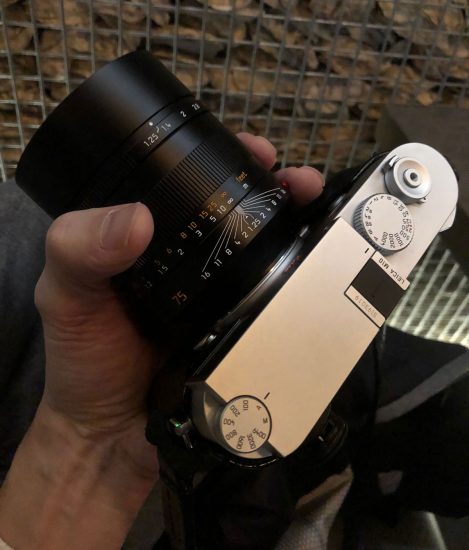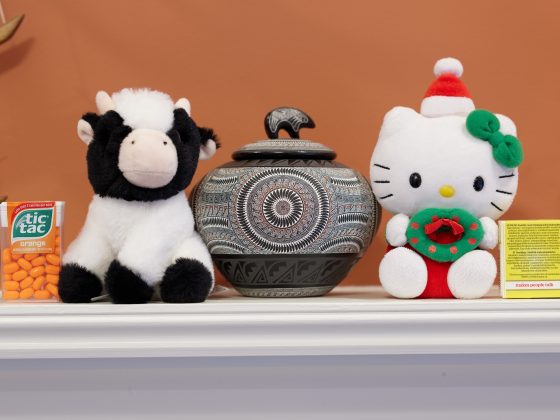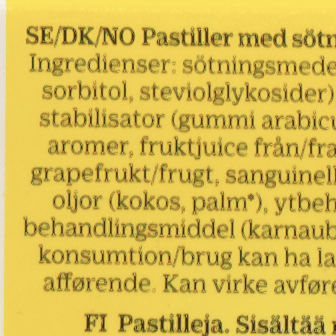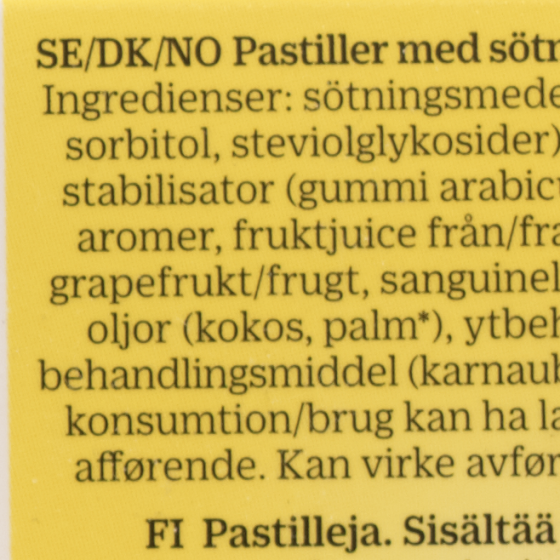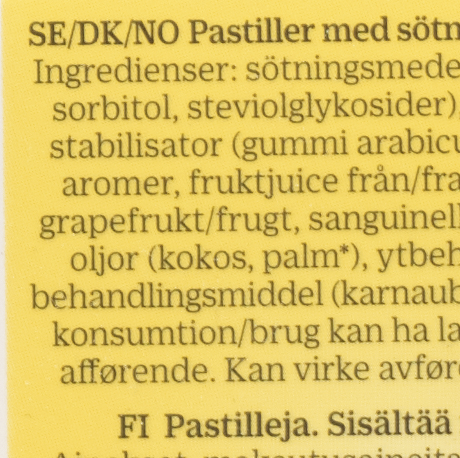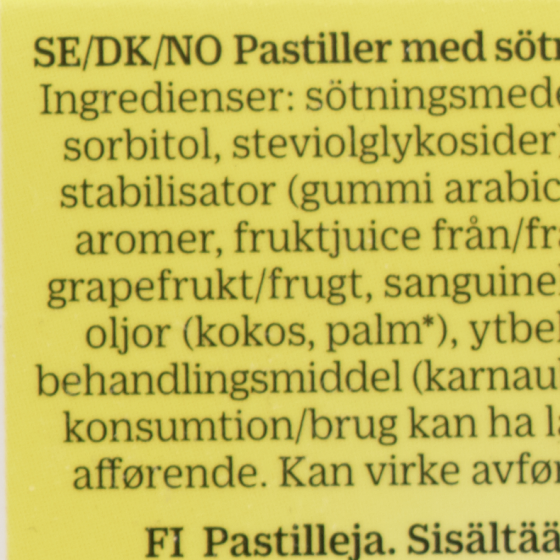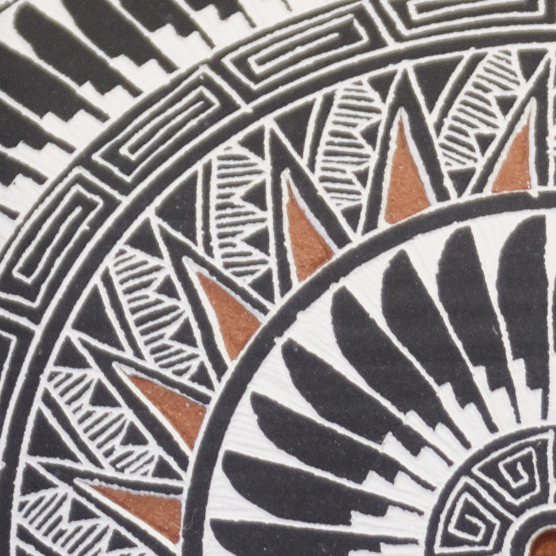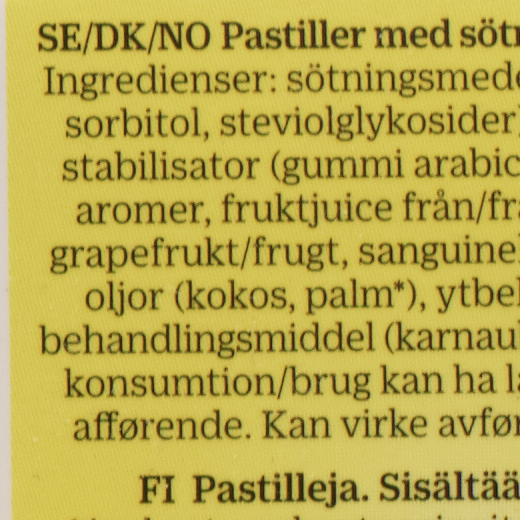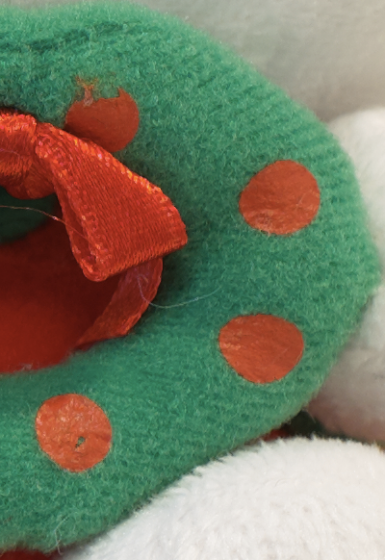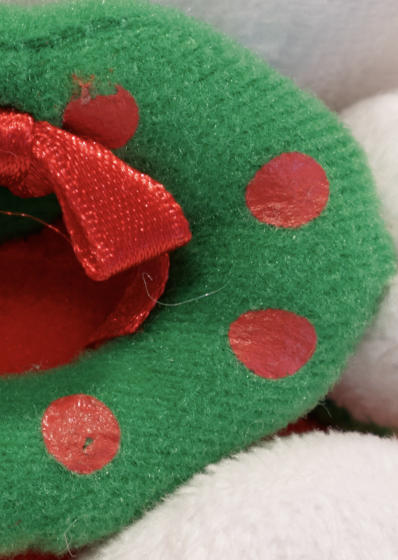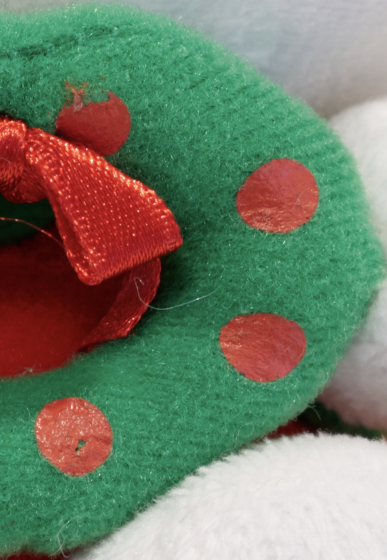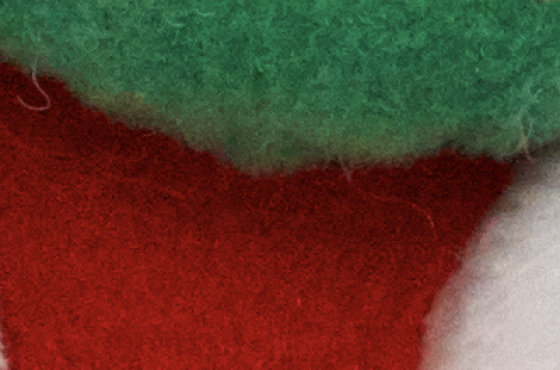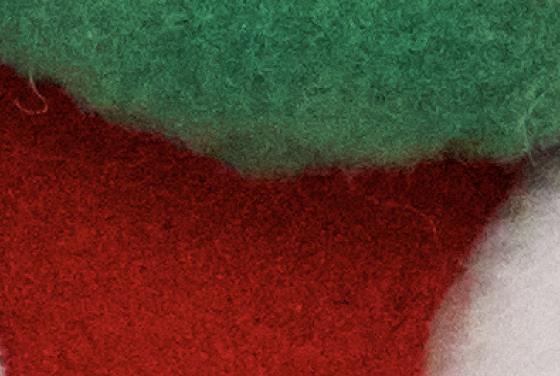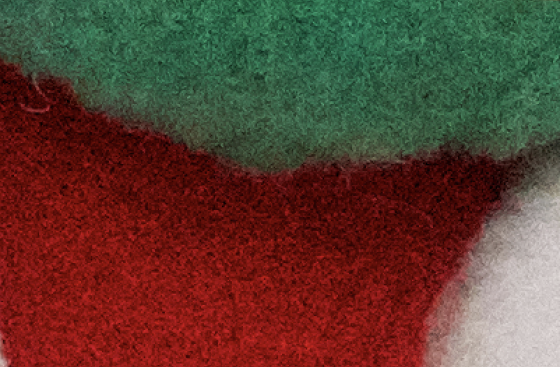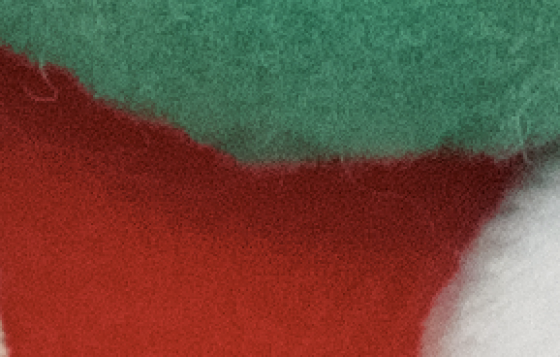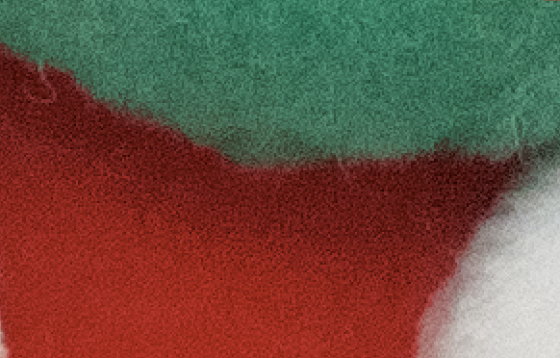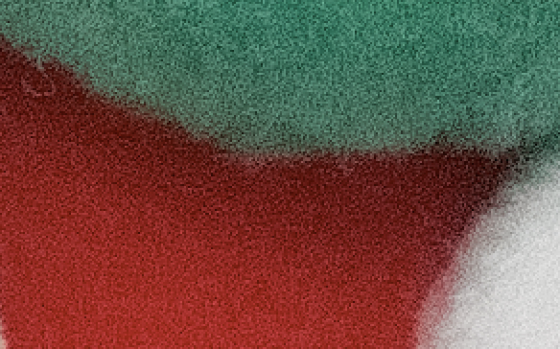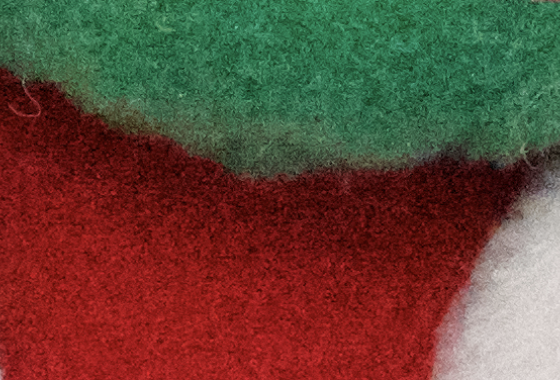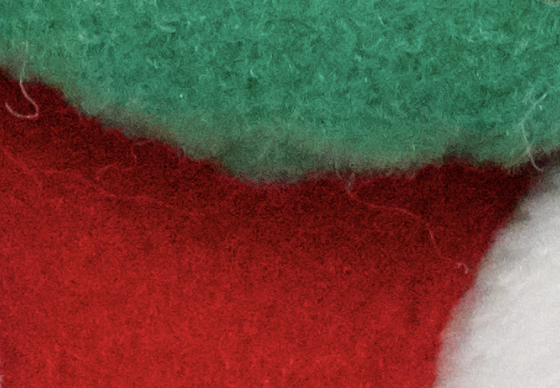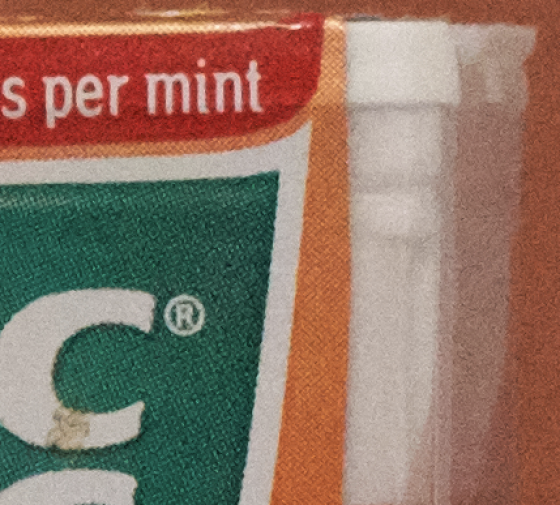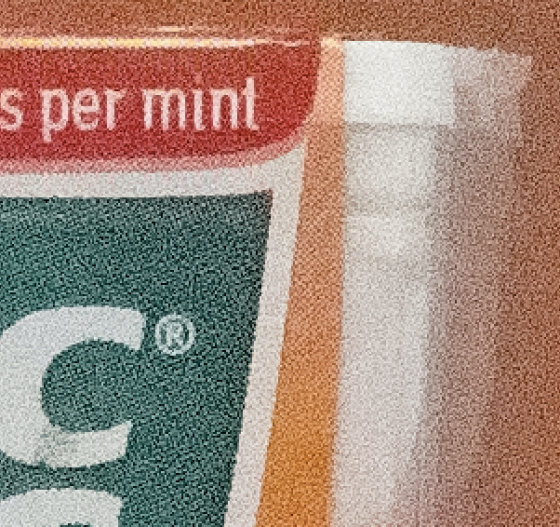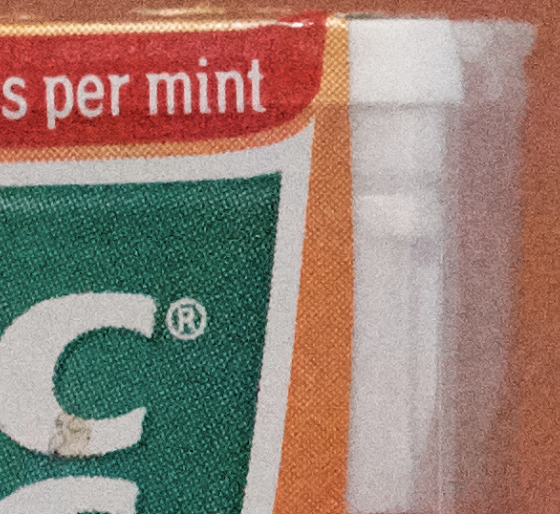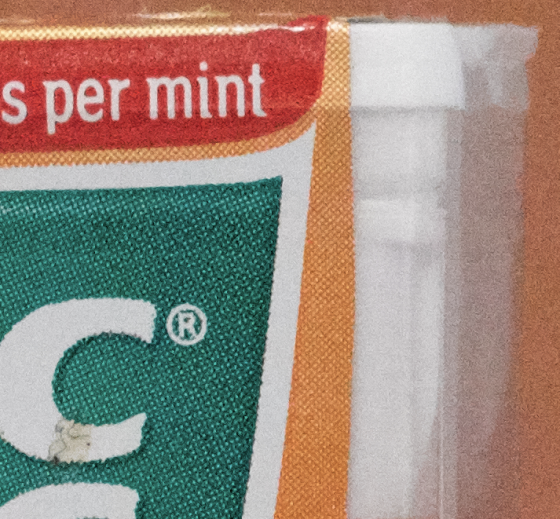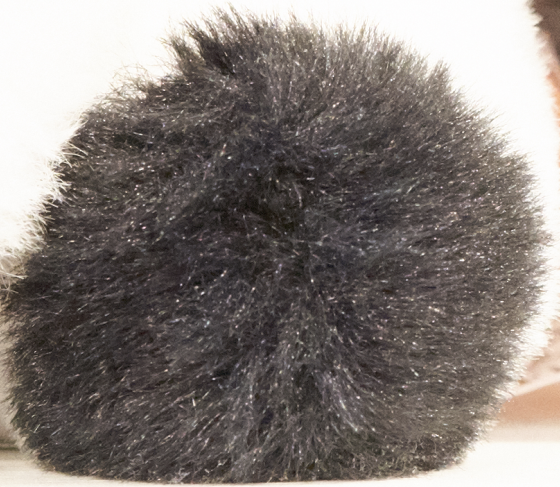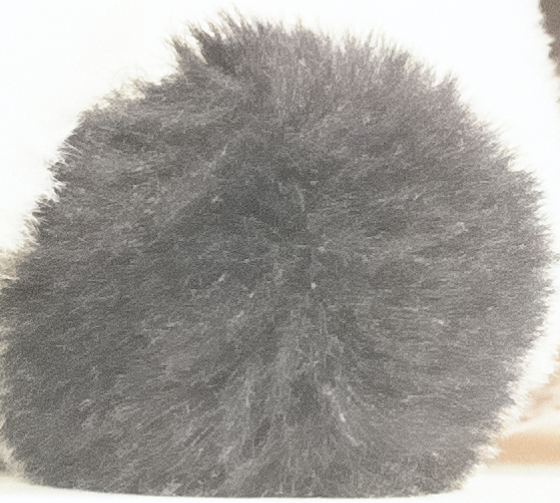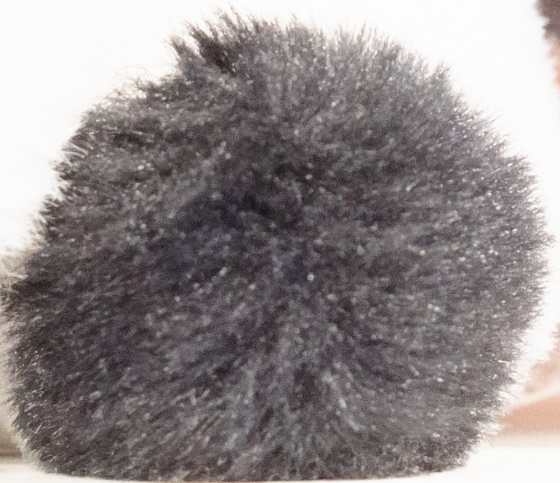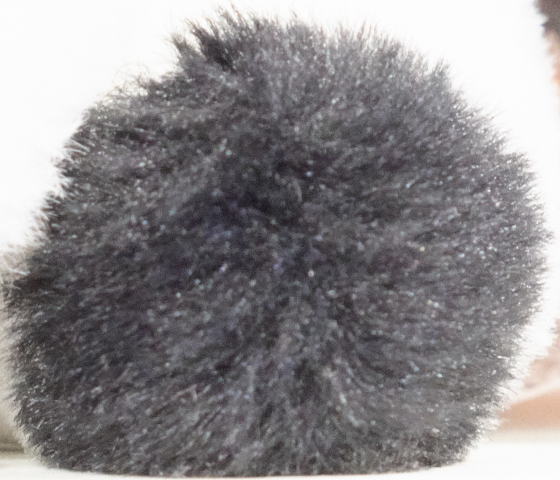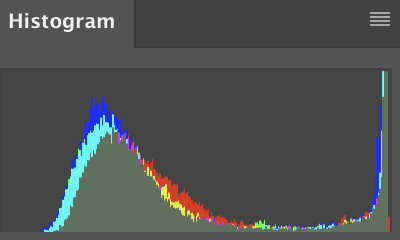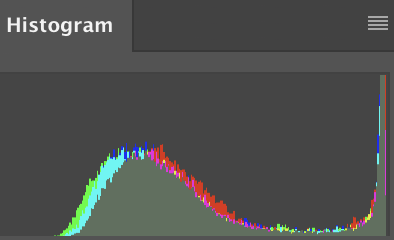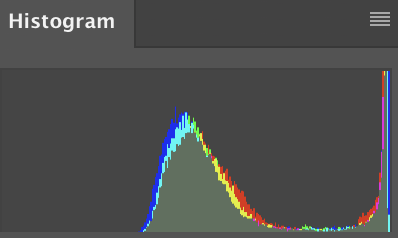Mega shootout (best of the best): Sony, Leica, and Phase One comparison by Onasj
Sony a7riii with 85/1.4 GM lens
vs.
Leica M10-P with 75/1.25 Noctilux lens
vs.
Phase One IQ3-100 Trichromatic with HR 90 and SK 150/2.8 LS BR lenses
vs.
Phase One IQ4-150 with HR 90 and SK 150/2.8 LS BR lenses
Introduction
It’s an amazing time to be a photographer. Current camera and lens lineups from many manufacturers offer outstanding performance and value. Sensor resolution and high-ISO performance have never been better, and I still smile when I remember a time—not that long ago—when ISO 1,000 was considered ultra-fast.
Each manufacturer has begun to define its own niche, and to excel within that niche. Three of the most remarkable camera and lens systems currently available are the third-generation Sony alpha full-frame family (a7riii, a7iii, a9), the eighth(ish)-generation Leica M (M10, M10-P), and the seventh(ish)-generation Phase One digital backs (IQ3 and IQ4). The Sony and Leica systems are “35 mm full-frame” (36 x 24 mm = 864 sq. mm of sensor area), while the Phase One systems are “full-frame 645 medium format” (53.4 x 40 mm = 2,136 sq. mm of sensor area). Some basic differences between the four systems are summarized as follows:
Sony a7riii: 864 sq. mm 42 MP BSI sensor, outstanding autofocus, 127 x 96 x 74 mm size, 657 g weight, ~$4,000 with typical lens; $4,700 as tested
Leica M10-P: 864 sq. mm 24 MP FSI sensor, manual focus only, 139 x 80 x 39 mm size, 677 g weight ~$14,000 with typical lens; $21,000 as tested
Phase One IQ3 Trichromatic: 2,136 sq. mm 101 MP FSI sensor, MF or AF, 152 x 120 x 108 mm size (with the smaller waist-level viewfinder), ~2,000 g weight, ~$30,000 with body and lens; $32,000 as tested
Phase One IQ4: 2,136 sq. mm 151 MP BSI sensor, MF or AF, 152 x 120 x 108 mm size (with the smaller waist-level viewfinder), ~2,000 g weight, ~$50,000 with body and lens, $52,000 as tested
Note that “medium format” has come to mean any film or sensor size between 35 mm (36 x 24 mm) and “large format” (approximately 125 mm x 100 mm), so, confusingly, medium format offerings from different manufacturers use different sensor sizes. For example, the Fuji GFX and Hasselblad X1D medium format systems both have a sensor size that is 43.8 x 32.9 mm = 1,441 sq. mm, while the Leica S medium format system offers a sensor size that is 45 x 30 mm = 1,350 sq. mm. So while the Leica S offers a 1.6-fold larger sensor over 35-mm systems, and the Fuji GFX and Hasselblad X1D offer a 1.7-fold larger sensor over 35-mm systems, the Phase One IQ3 and IQ4 sensor area is 2.5-fold larger than that of 35-mm sensors. It’s also worth pointing out that the aspect ratio of the Phase One IQ3 and IQ4, the Fuji GFX, and the Hasselblad X1D sensors is 4:3, rather than the 3:2 aspect ratio of the 35-mm systems and of the Leica S.
The back-side illuminated (BSI) sensors of the Sony a7riii and the Phase One IQ4 offer significant advantages in terms of light capturing efficiency and lower color cast from more angled incident light rays (such as those hitting the edges of the sensor, especially when using tilted or shifted lenses or backs) over the older front-side illuminated (FSI) technology. Many excellent articles are available online explaining the advance of BSI sensors, such as: https://www.dtcommercialphoto.com/bsi-sensors-demystified/. See https://phaseoneiq4.com/dts-iq4-tech-camera-testing/ for a vivid demonstration of the lower color cast offered by the IQ4’s BSI sensor vs. the IQ3’s FSI sensor.
In addition to roughly 3x steps in price and sensor size, the three systems also differ greatly in their size, weight, and agility. As a result of these differences, each system is world-class within its own niche. The Sony a7riii is a very full-featured, autofocusing, high-resolution, reasonably small body with small-to-large lenses. It’s great for general professional use including portraits, street, sports, and product photography. The Leica M10-P is a highly streamlined, manual focus only, very small body with very small lenses that is ideal for street photography, daily carrying, and quick portraits, although I have shot several NBA basketball games with the M10-P: https://www.flickr.com/photos/37601806@N05/ . The Phase One IQ3/IQ4 backs must be paired with a body such as Phase One’s XF, or various technical camera alternatives that lose autofocus but gain tilt and shift abilities, as well as access to some truly stunning lenses. A complete, ready-to-shoot Phase One system with an autofocusing body (XF), viewfinder, back, and lens can only be characterized as very large, and even the smaller technical camera and lens options when paired with a Phase One back still result in a rather large and heavy system. But the giant medium-format sensor in the Phase One backs offer image quality, in theory, that is second-to-none.
All of the above points simply acknowledge that each camera system has its own pricing and usage niche, so in some ways comparing their performances side-by-side might seem odd. In the end, however, our eyes are agnostic to the brand of camera or lens used to create images that inspire and delight. And it is illuminating to compare the best that each system has to offer to better appreciate their strengths and weaknesses.
Equipment
– Sony a7riii with Sony 85/1.4 GM lens at f/5.6; this combination arguably offers the highest performance in the current Sony lineup for portrait focal lengths based on Sony’s MTF and other data.
– Leica M10-P with Leica 75/1.25 Noctilux lens at f/5.6; this combination arguably offers the highest performance among current Leica M camera and lens offerings based on Leica’s MTF and other data.
– Phase One IQ3-100 Trichromatic and IQ4-150 digital backs with either the Phase One XF body or the Alpa STC body. With the XF body, I used the Phase One Schneider-Kreuznach 150/2.8 LS BR lens at f/5.6. With the Alpa body, I used the Alpa Rodenstock HR 90/5.6 lens at f/5.6. Again, these combinations are among the highest performing in the Phase One-compatible medium format lineup. Note that 150 mm gives a field of view on a 53.4×40 mm medium format sensor that is equivalent to the field of view at ~94 mm on a 35 mm format sensor.
– Finally, I also mounted the Leica 75/1.25 Noctlux on the Phase One IQ4-150 back via an Alpa TC body. Note that the Leica lens, designed for 35 mm-format sensors and film, is not able to cover the entire medium format sensor, so the corners of the image in this configuration are dark and will require cropping if the goal is for the image to only show the subject with no dark corners.
Methodology
The same still-life test scene, consisting of an intricately hand-carved vessel by Marvin Blackmore, objects with some finely printed text, and two stuffed animals, was photographed with ambient light on a sturdy tripod (Sirui N-2204SK) with a heavy, geared head (Sirui leveling base under the Alpa GON). The tripod was kept in the same position for the 75, 85, and 90 mm focal lengths (approximately 1.0 meters from the target, near the minimum focusing distance of these three lenses). For the 150 mm lens, the tripod was moved back to approximately 1.3 meters from the target, which resulted in a field of view similar to that of the 85 mm and 75 mm Sony and Leica lenses at a 1.0 meter distance.
Here is the complete scene:
All images were captured at f/5.6 in manual mode with auto white balance. Focusing was done manually using live-view, focusing on the center of the vessel (which was co-planar with the text on the left and right objects). The shutter was triggered with a time delay of ~5 second whenever possible to minimize tripod shake. ISO values were swept through factors-of-two increments starting from ISO 100 until the maximum allowed by the camera: ISO 51,200 for the Sony, ISO 50,000 for the Leica, ISO 25,600 for the Phase One IQ4, and ISO 12,800 for the Phase One IQ3. Shutter times were allowed to vary to provide what the camera considered a properly exposed photo (using whole-image exposure setting). Note that different manufacturers differ in what they consider to be proper exposure, and different lenses have different transmission values even at the same aperture, so the ISO 100 shutter times at f/5.6 were 2.0 seconds for the Leica, 1.6 seconds for the Sony, and 1.0-1.3 seconds for the Phase One IQ3 and IQ4. The cameras also differ in their base ISO sensitivity, though all offer outstanding image quality at ISO 100. It’s useful to compare results both at constant ISO, and at constant shutter speed; the latter comparison simulates in-the-field settings in which shutter speed and aperture are dictated by a given application.
All images were shot as RAW files with maximum quality settings (14-bit for the Sony and Leica, 16-bit for the IQ3, and 16-bit EX for the IQ4). The RAW files were adjusted with the same minimalist settings using Capture One v12 (Sharpening: 100 amount, 0.8 radius, 0.5 threshold; Noise reduction: 20 luminance, 50 details, 45 color, 0 single pixel) and converted to highest quality JPEG files. No other post-processing was performed. Thus the files were not post-processed to the same exposure level or white balance; instead, I relied on each system’s default whole-scene exposure and auto white balance settings, since these default capabilities are part of this evaluation.
Data availability
The resulting JPG files (~5 GB) can all be downloaded here: https://www.dropbox.com/sh/hmm5nfnsa642t82/AABH5EbXYvR6OoZg9yLh-Gw5a?dl=0
The files are named in the following format: CAMERA-ISO-SHUTTER SPEED-APERTURE-LENS. The HR90 lens shots were taken with the Alpa STC body, while the SK150(2.8) lens shots were taken with the Phase One XF body.
The four JPG files resulting from pushing the corresponding RAW files three stops prior to conversion to test shadow recovery are named “PUSHED 3 STOPS…”
Usage experiences
1) Overall, all systems in these “best-of-the-best” configurations performed very well… as they should for four flagship cameras and lenses from world-class manufacturers!
2) The Sony a7riii is a user-interface nightmare, but once set up was extremely easy to use and consistent. It is the easiest to focus of all the systems (the only other AF body tested was the Phase One XF, which lags well behind the Sony in autofocus speed, accuracy, and flexibility.)
3) The Leica M10-P is streamlined, beautiful, a real pleasure to use, and the most portable of the systems tested. It’s the only system of the four that I routinely take with me every day, regardless of any anticipated photography opportunities. Part of its small size results from the lack of autofocus capability, but in practice the excellent (and fun!) rangefinder manual focusing system works quite well when light is adequate and the subject distance is not changing too quickly.
4) The Phase One systems including the back, viewfinder, body, and lens are true beasts in size and weight, but handled well and are also beautiful systems. The Phase One XF body is streamlined and easy to use, offers more powerful and flexible settings than the Leica, has a high build quality, and is attractive with a modern aesthetic. The Alpa body and lens is also very well made, and highly aesthetic with a vintage techno-steampunk look that somehow manages to remain authentic.
Color accuracy
If color accuracy out-of-camera is the priority, there is a clear winner. The Phase One IQ3-100 Trichromatic nailed the colors of the test scene. Hues were extremely accurate and saturation was also very true-to-life. The IQ3-100 Trichromatic uses a special narrow-spectral-width red/green/blue color filter array (CFA) above the sensor to maximize color accuracy, and it showed in these tests.
The Phase One IQ4-150 rendered the scene similarly to the IQ3-100 Trichromatic, but with colors that were a bit cooler than the actual scene. This difference was easily corrected by changing the color temperature settings in post-production, although the files provided above are not corrected.
The Sony a7riii was not far behind the medium format systems. The hues were fairly accurate—just a bit too warm— but the saturation was too high. These color inaccuracies were also easily fixed in post-production, although the files provided above are not corrected.
The Leica M10-P rendered the rust colors in the scene too yellow (they came out apricot instead of rust), and the yellow box was too saturated, also consistent with substantial yellow push. In post, moving the color temperature cooler helped, but the color error could not be entirely removed using this simple correction. Again, the files provided in the link above are not corrected.
Sharpness and detail
On a per-pixel basis, all cameras with these best-of-the-best lenses shot under ideal conditions were quite sharp. Here are 100% crops from the center and right side of each system tested at ISO 100. For size reference, the letters on the yellow background are each about 1 mm tall:
Sony a7riii with 85/1.4 GM lens @ f/5.6, ISO 100, 100% crop:
Leica M10-P with 75/1.25 Noctilux lens @ f/5.6, ISO 100, 100% crop:
Phase One IQ3 with XF body and SK150/2.8 lens @ f/5.6, ISO 100, 100% crop:
Phase One IQ3 with Alpa body and Rodenstock HR90/5.6 lens @ f/5.6, ISO 100, 100% crop:
Phase One IQ4 with XF body and SK150/2.8 lens @ f/5.6, ISO 100, 100% crop:
Phase One IQ4 with Alpa body and Rodenstock HR90/5.6 lens @ f/5.6, ISO 100, 100% crop:
The Leica 75/1.25 Noctilux lens mounted on the Alpa STC body with the Phase One IQ4 back offered the sharpest and most contrasty image, as might be expected from a $13,000 lens that is priced 2- to 7-fold higher than any of the other tested lenses, but I was nonetheless surprised how superior the Leica lens proved to be on the 151 MP Phase One back mated through an Alpa camera and lens adapter. Of course, the Leica lens does not cover the whole 53.4×40 mm medium format sensor, so unless you like the periscope look, you’ll be forced to crop down to about 80-90 MP to avoid the black regions of the image. Still, I suspect many photographers would view a state-of-the-art BSI sensor that yields 80+ MP images with Leica’s phenomenal M lenses to be a very attractive prospect, even if it requires combining components from Leica, Alpa, and Phase One.
Phase One IQ4 with Alpa body and Leica 75/1.25 Noctilux lens @ f/5.6, ISO 100, 100% crop:
With respect to capturing fine details, as expected, the higher resolution Phase One backs excelled. Here is a comparison of crops from the same region of the images captured by the Sony (42 MP), Leica (24 MP), Phase One IQ3 (101 MP), and Phase One IQ4 (151 MP) with approximately the same total field of view, scaled to the same final image size. The Sony cheats just a bit here with a slightly more zoomed-in field of view compared to the others. As expected, you can see much more detail in the IQ4 image than the lower resolution images, though I was surprised by how well the Sony image managed to hold on to details, likely reflecting in part the outstanding sharpness of the a7riii + 85 GM lens, plus some clever Sony RAW file processing.
Sony a7riii with 85/1.4 GM lens @ f/5.6, ISO 100:
Leica M10-P with 75/1.25 Noctilux lens @ f/5.6, ISO 100:
Phase One IQ3 with XF body and SK150/2.8 lens @ f/5.6, ISO 100:
Phase One IQ4 with XF body and SK150/2.8 lens @ f/5.6, ISO 100:
High-ISO performance
Advances in sensor technology and RAW file output methodology that have crossed over into the medium format world raise the intriguing possibility of shooting medium format in non-traditional settings such as handheld photography outside the studio. First I compared the images at higher ISO values without regard to shutter speed. While the judgement of acceptable or unacceptable image quality is subjective and dependent on the specific application, here are my picks for the ISO value at which each system crossed my own personal boundary between acceptable and unacceptable for medium-size (e.g., 16×24”) printing:
Sony @ ISO 6,400 = ok:
Sony @ ISO 12,800 = probably ok:
Sony @ ISO 25,600 = not ok (though not terrible, especially in holding color!):
Leica @ ISO 3,200 = mostly ok, though the tips of the brown triangles show a disturbing loss of color:
Leica @ ISO 6,400 = borderline:
Leica @ ISO 12,800 = unacceptable, both in loss of detail and loss of color:
Phase One IQ3 @ ISO 3,200 = ok:
Phase One IQ3 @ ISO 6,400 = ok:
Phase One IQ3 @ ISO 12,800 (the maximum ISO setting allowed) = borderline, with good color but substantial loss of detail to noise:
Phase One IQ4 @ ISO 6,400 = ok:
Phase One IQ4 @ ISO 12,800 = ok:
Phase One IQ4 @ ISO 25,600 (the maximum ISO setting allowed) = borderline, with good color but noticeable loss of the finest details:
To my eyes, the Phase One IQ4 offers at least a full stop better high-ISO performance than the IQ3.My estimated high-ISO cut-offs for this scene would be something like this:
Sony: ISO ~16,000
Leica: ISO ~6,400
Phase One IQ3: ISO ~12,800
Phase One IQ4: ISO ~25,600
The high-ISO performance of the IQ4, scaled to the same image size, is about a stop better than then IQ3 or Sony, and about two stops better than the Leica. Of course, these estimated high-ISO acceptability thresholds will vary depending on the scene, the viewing method (Phone? Website? Catalog? Fine art print? Billboard?), and personal preferences, but their relative ranking is likely to remain similar in my opinion. These values are also fairly consistent with my real-world use of (uncropped) images from these four systems.
Next, let’s compare performances at a similar shutter speed, holding aperture constant at f/5.6. Online photography discussions often debate how different manufacturers can cheat ISO ratings by aiming for lower exposure levels, in effect requiring less signal amplification and thus less noise to achieve the target exposure level. Complicating this debate is the fact that every lens has a different transmission value (i.e., loses a different fraction of subject light that enters the lens on the way to hitting the sensor or film). But assuming that these lenses represent the very best with no major compromises, I think it’s also reasonable to simply compare how each image looks with a similar number of photons entering the lens (i.e., a similar shutter speed given a fixed aperture). Such a comparison more closely resembles the use of these systems in the field, when aperture and shutter speed are often dictated by the application, and the photographer can only freely vary ISO values to to achieve proper exposure. Of course if studio shooting under excellent lighting is the major application, then comparing the low ISO images presented early in this article is more relevant.
The closest-matched shutter speeds in the high-ISO image sets are:
Sony @ 1/80 s (ISO 12,800)
Leica @ 1/125 s (ISO 25,000)
Phase One IQ3 @ 1/100 s (ISO 12,800)
Phase One IQ4 @ 1/100 s (ISO 12,800)
Here’s how they compare:
Sony @ 1/80 s (ISO 12,800):
Leica @ 1/125 s (ISO 25,000):
Phase One IQ3 @ 1/100 s (ISO 12,800):
Phase One IQ4 @ 1/100 s (ISO 12,800):
Once again, the result of this comparison at similar shutter speeds is Leica < Sony ~ Phase One IQ3 < Phase One IQ4. Notice how the color and fine details in the tic tac label’s printing pattern are remarkably well-preserved by the IQ4, even at ISO 12,800, and the noise in the out-of-focus wall behind the object is well-controlled.
Shadow recovery (one measure of dynamic range)
For this test, I took the RAW images captured at a moderate ISO value of 800 and pushed them three full stops before outputting the JPEG file, then cropped from on one of the stuffed cow’s black feet, which in the normal-exposure images show up largely as black blobs with the fur details lost in the shadows (see the first image in this article). Here are the results:
Sony @ ISO 800, RAW pushed +3 stops:
Leica @ ISO 800, RAW pushed +3 stops:
Phase One IQ3 @ ISO 800, RAW pushed +3 stops:
Phase One IQ4 @ ISO 800, RAW pushed +3 stops:
Since the depth of field is shallower for the medium format sensors in these tests at similar field of view (f/5.6 here provides the depth of focus of ~f/3.5 on 35 mm-format sensors), these images should only be evaluated for shadow recovery, not for sharpness or detail, since the center of the foot is out-of-focus in the two medium-format images, but in-focus in the two 35 mm-format images.
The shadow recovery is similar between the Sony, Phase One IQ3, and Phase One IQ4, as confirmed by viewing the histograms of the above crops. The shadow recovery of the Leica lags well behind the other three.
Sony @ ISO 800, RAW pushed +3 stops:
Phase One IQ3 @ ISO 800, RAW pushed +3 stops:
Leica @ ISO 800, RAW pushed +3 stops:
Phase One IQ4 @ ISO 800, RAW pushed +3 stops:
Conclusions
Foremost, all four of these systems excel at what they do best and each is a pleasure to use. While Leica M10-P’s sensor lags behind that of the Sony a7riii and Phase One IQ3 and IQ4 in terms of resolution, high-ISO performance, and dynamic range (consistent with Bill Claff’s findings: http://photonstophotos.net/Charts/PDR.htm#Leica%20M10,Phase%20One%20IQ3%20100MP,Sony%20ILCE-7RM3), it’s important to emphasize that the Leica system offers its own unique advantages including highly streamlined operation, beautiful aesthetics, very well-made build quality, and a body+lens portability that is higher than that of any other system tested here.
When I need AF, a superior 35-mm sensor, and can take a slightly larger system than the Leica, the Sony a7riii is my choice. Indeed, the Sony delivered across-the-board in this series of tests, and frankly I was surprised how close it was able to come to the medium format monsters in key respects such as detail capture, shadow recovery, and high-ISO performance. It’s also worth pointing out that you could buy four Sony a7riii + 86/1.4 GM lens systems for the price of one Leica M10-P + 75/1.25 Noctilux lens, and about ten Sony systems for the price of the Phase One back + XF body + lens systems. In terms of best value among the professional-quality systems tested here for any application that doesn’t require medium format, the Sony wins hands down in my book.
But if you want the very best in image quality, the aptly named Phase One IQ4, and its now-more-affordable IQ3 predecessor, clearly stand out. These “full-frame 645-size” medium format systems offer unparalleled color accuracy, detail capture, resolution, and dynamic range. They cost plenty at $32,000-$52,000 retail price as tested, but those who need the ultimate in image quality as of the start of 2019 will appreciate that you get what you pay for. It’s also worth noting that the IQ4 shipped to customers for the first time only in the past few weeks, and Phase One has a good record of issuing (free) firmware updates that improve existing features and enable new ones. So I anticipate that the IQ4 will likely show additional strengths over the coming months relative to the firmware version (1.00.2) that I tested.
If you have an interesting idea for a guest post, you can contact me here.
Via LeicaRumors
